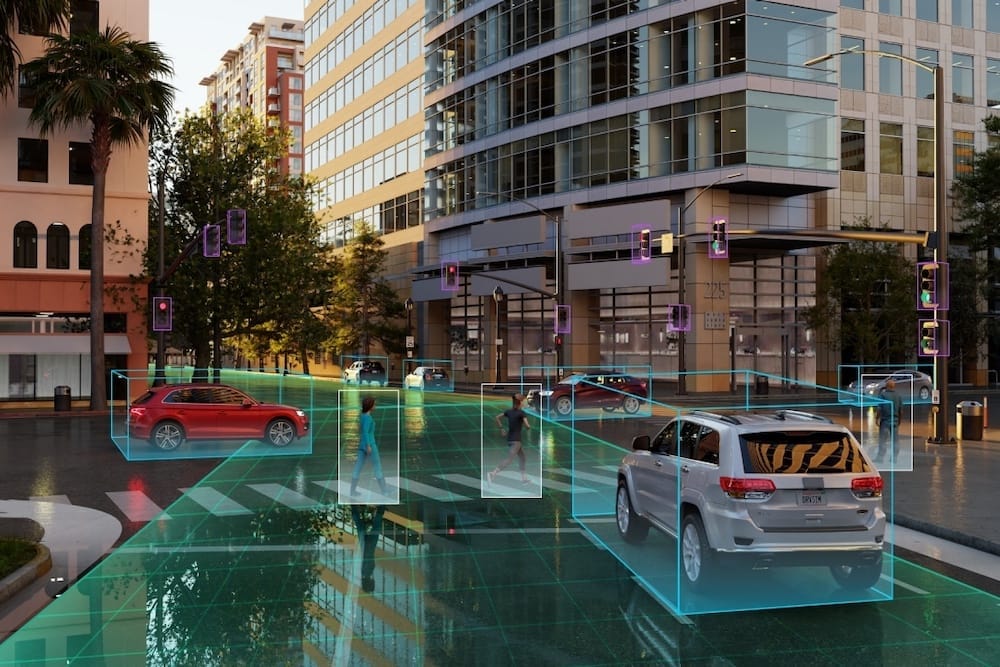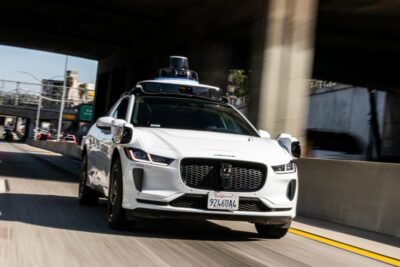Nvidia starts working on robot taxi project
For a long time, Nvidia was perceived solely as a manufacturer of graphics cards and computer chips, but the company now also plays a central role in AI hardware, which is required for autonomous driving, among other things. For this segment, Nvidia has developed a comprehensive end-to-end platform consisting of hardware, software and simulation tools that car manufacturers and suppliers use for the development, training and deployment of advanced driver assistance systems (ADAS) and autonomous vehicle systems.
This has made Nvidia a kind of next-generation supplier to the automotive industry, with manufacturers such as Mercedes-Benz, Volvo Cars, Jaguar Land Rover, BYD, Rivian, Lucid and Xiaomi among its customers. In addition, Nvidia invested in Nuro, a developer of robotaxi technology, in the summer. The fact that Nvidia has had this topic on its roadmap for a long time is also demonstrated by a partnership with Continental that has been in place since 2018. Supplier Bosch also recently announced a partnership with Nvidia for the ADAS sector.
Now, reports are circulating online that Nvidia is working on a self-driving robot taxi based on its DRIVE AGX Thor system and is pursuing a new, single-stage technology approach. According to these reports, Nvidia’s technology approach for self-driving robot taxis will use only a continuous neural network.
The decision to launch its own robot taxi project was reportedly announced recently at an all-hands meeting at Nvidia. It is said to be led by Ruchi Bhargava, a long-time senior director at the company.
An insider told the news portal 36Kr that Nvidia’s entry into the robot taxi market is not only for business expansion, but also to introduce a ‘technical model for a robot taxi’. So the question is: Does Nvidia really want to become a robot taxi provider itself? Or is it more of a showcase or reference design to enter into a partnership with a traditional car manufacturer, as Taiwanese contract manufacturer Foxconn does with electric car designs, for example?
Nvidia CEO Jensen Huang has repeatedly emphasised publicly that autonomous vehicles are not only “the first major commercial application of robotics” but also a “trillion-dollar industry.” “It is expected to invest $3 billion and will be launched in cities in the United States in the future,” an insider told 36Kr.
So, a lot is still unclear – but what is clear is that Nvidia, as the world’s most valuable company, would have the capital and expertise to get involved in the robot taxi sector, especially since it has been developing and offering technology in this area for years. Currently, the market is still very small and is dominated in the US by Google’s sister company Waymo, which is currently active in Phoenix, San Francisco, Los Angeles, Austin and Atlanta. In China, there are four relevant players: Pony.ai, Baidu subsidiary Apollo Go, WeRide and Momenta.
This article was first published by Florian Treiß for electrive’s German edition.





2 Comments